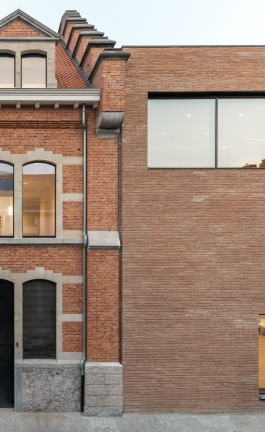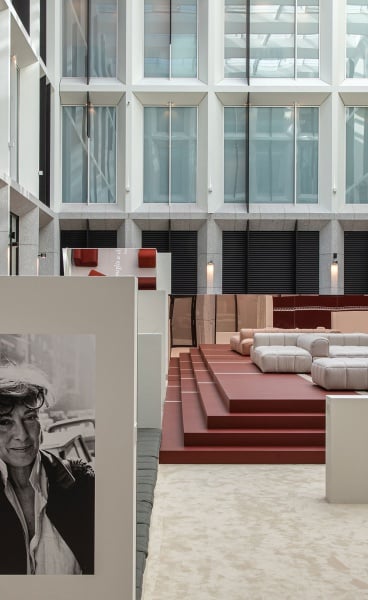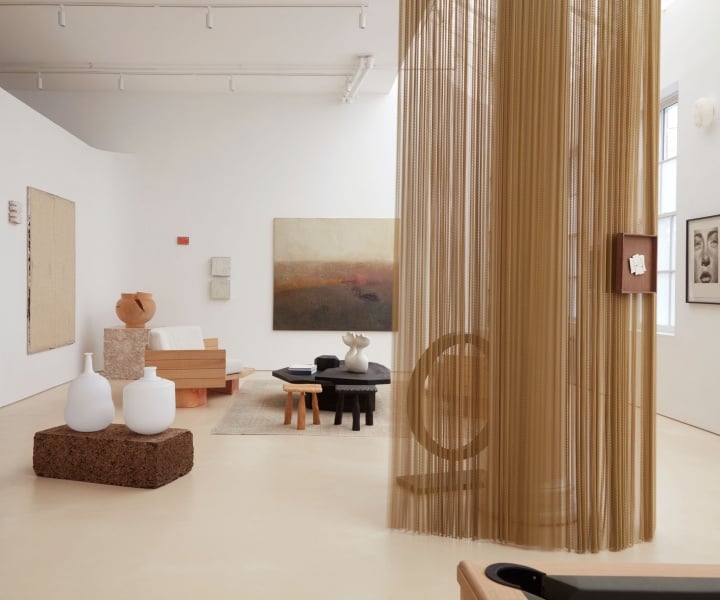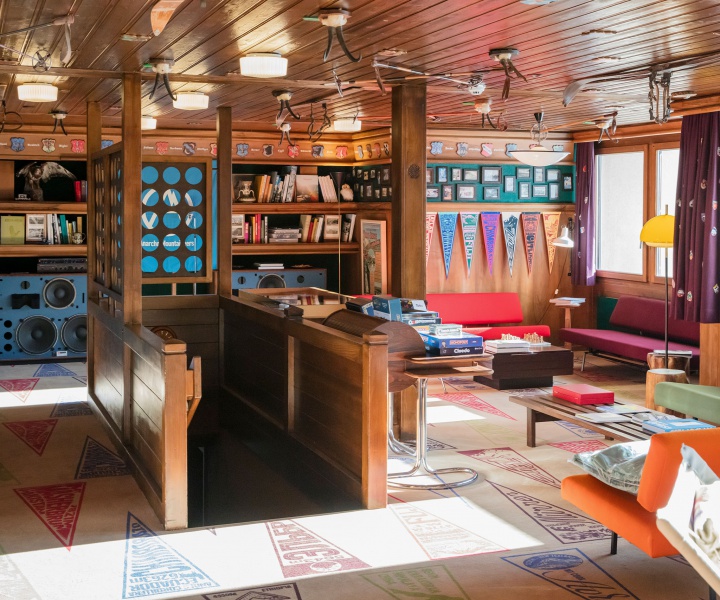Project Name
HomePosted in
Photography| Detailed Information | |||||
|---|---|---|---|---|---|
| Project Name | Home | Posted in | Photography | ||
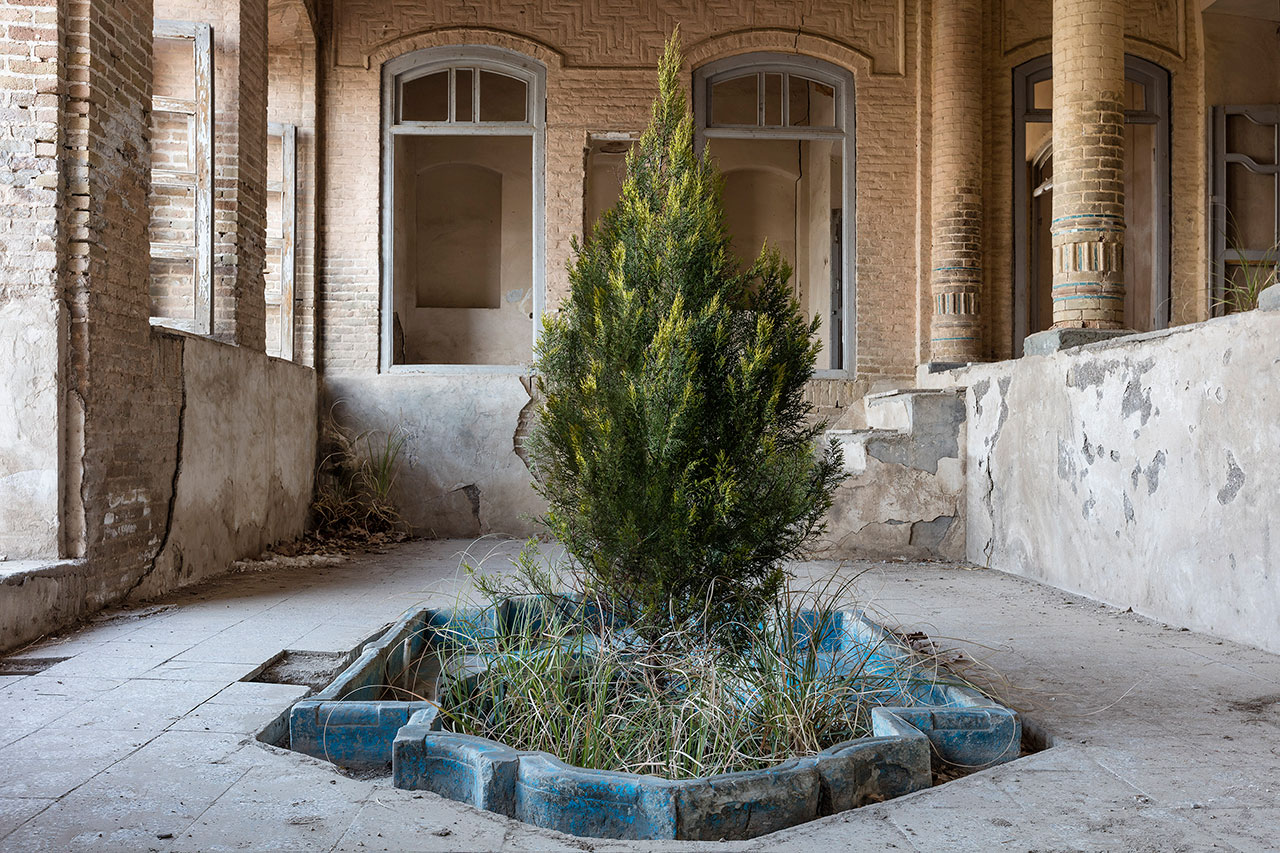
Photo © Gohar Dashti.
What was the incentive for creating the “Home” series? What are you trying to convey?
In every corner of the world, war, persecution, oppression and disease are spreading misery and havoc that force people to migrate. But what happens to their home when they leave? Confronted with the widespread population displacement, we are compelled to reflect on the meaning of such a fundamental concept as home. The photographs in this series not only question what happens when one’s home is left behind but also challenge the idea of whether home is a physical or psychological place.
Tell us about the houses you photographed.
I did a lot of research to find the locations for the Home series. They are all abandoned houses in Iran that belonged to people who left the country for sociopolitical reasons. The images show what happens to a home when people move out but also reveal the power of nature when it consumes and conquers a home.
Your previous photographic projects were also meticulously staged but for this series you went one step further creating elaborate set designs. What is the allure of set design for you as a photographer?
The ideas that I was exploring led me to experiment with staged photography. Working with this technique I was attracted by its intermediate sensibility, both photography and not photography, both real and fabricated. I think this is very close to the nature of contemporary life.
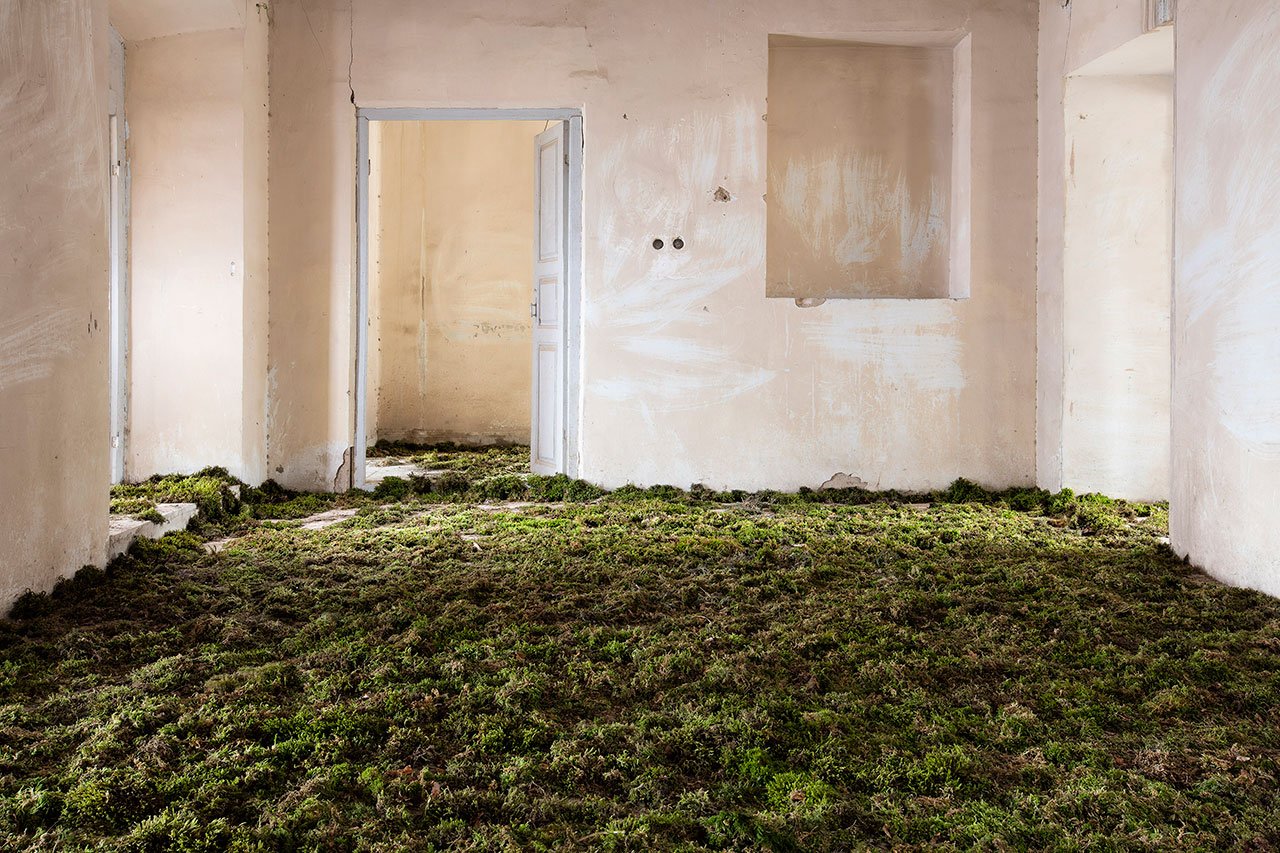
Photo © Gohar Dashti.
Nature is an important element in your work. Why is it such an integral part of your practice?
Most of us have a commonplace emotional bond with nature. But nature can also be otherworldly and perplexing. It is not just the aesthetic qualities, or the emotional and sensory feelings that nature provokes, which enthrall us. Nature can also be viewed as a historically, geographically and politically constructed concept.
My work exploits photography as the medium par excellence capable of playing with nature’s appearance and power through different processes that explore the dominant idea of nature as a refuge and the complex coexistence of the human-made and natural worlds.
What is the role of nature in the “Home” series?
People are transient, while nature is a constant. Nature will be here long after we are all gone. The photographs in my recent series reveal the power of nature to consume and conquer a home. By bringing nature to the forefront, both literally and metaphorically, in creative and visually provoking ways, the series also challenge our definition of home, belonging, refuge and refugees, while forcing us to reconsider our own relationship with the natural world.

Photo © Gohar Dashti.
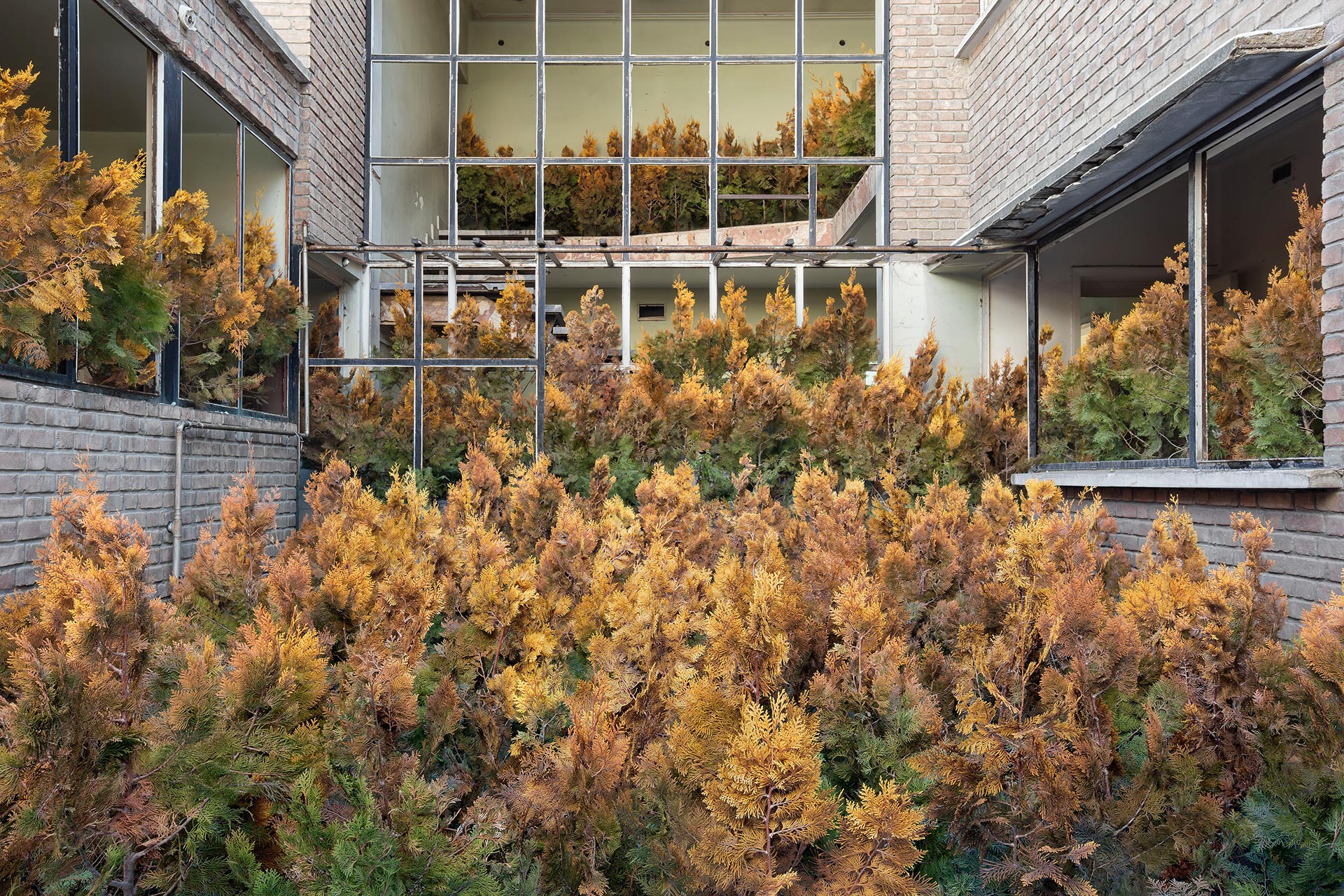
Photo © Gohar Dashti.
How personal is this series to you?
Usually my work starts as a personal refection. When I talk about war in my works, it refers to war in the world, as well as my memories about war when I was child. My recent work is not only a personal exploration about nature; it is also about how nature can be political.
There is a bittersweet juxtaposition underpinning the series that arises from the fact that although the abandoned houses look melancholic they also emanate a lyrical beauty on account of nature’s poetic presence. What is the significance of this dissonance?
By combining such contradictions, I actually intended to suspend viewers between two states: silence and noise, happiness and fear, taking action and being hidden. Yet nothing is revealed. Photography as a medium has this ability to combine the real and the unreal.

Photo © Gohar Dashti.





